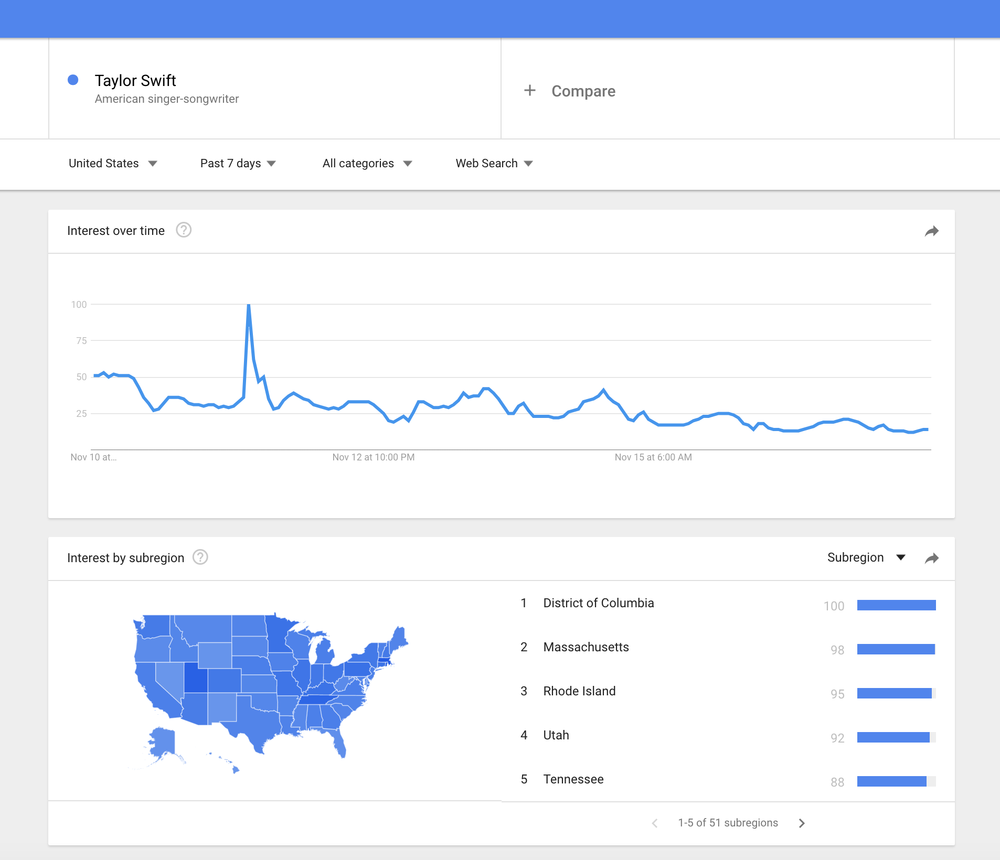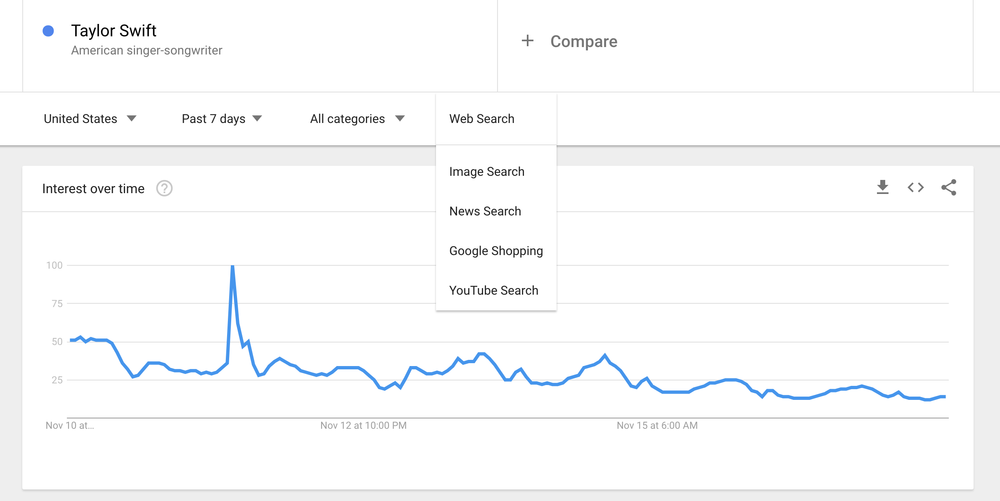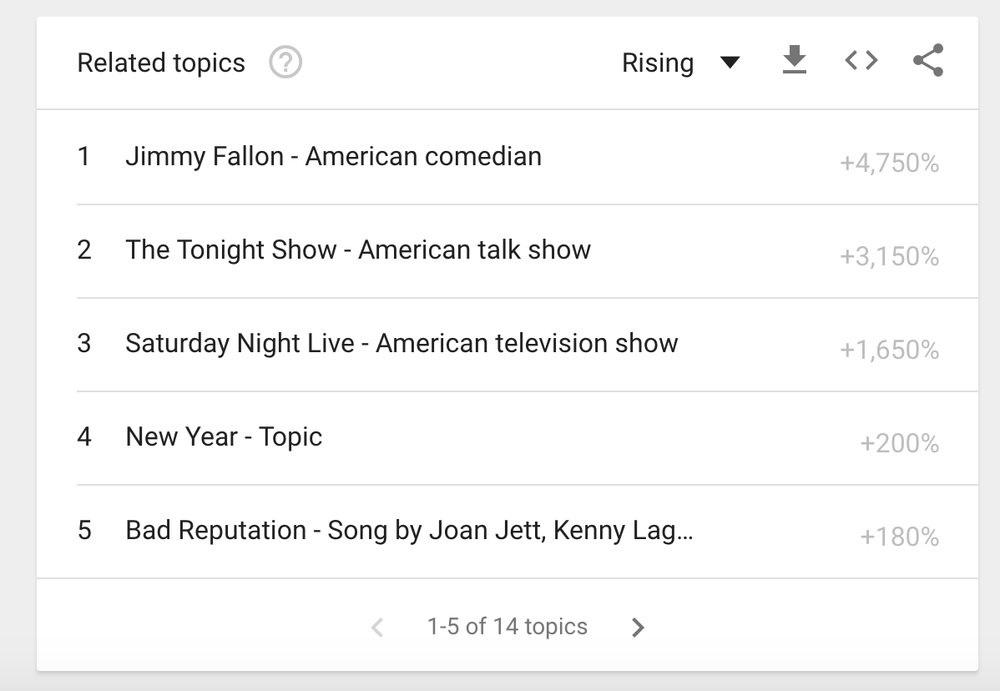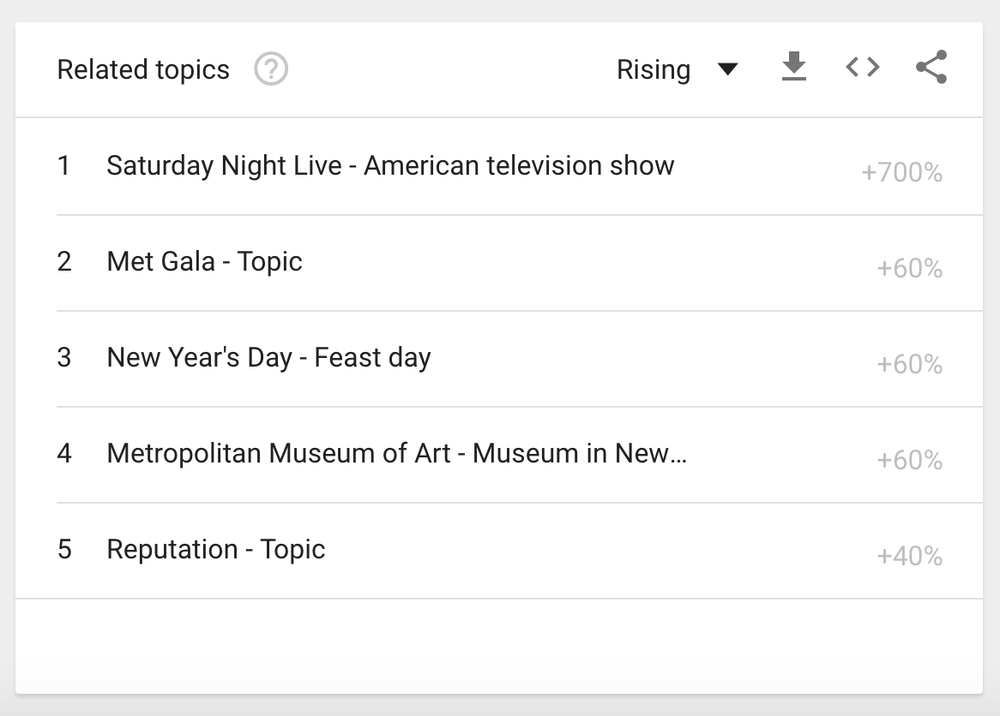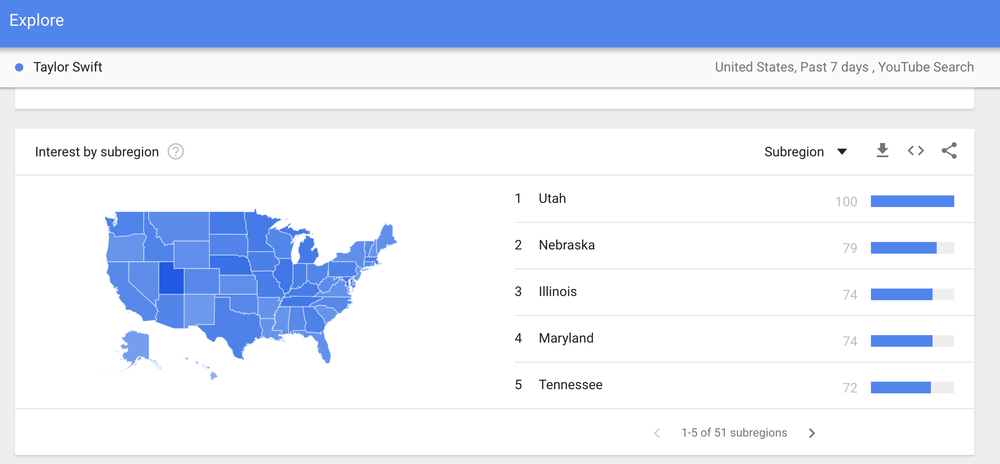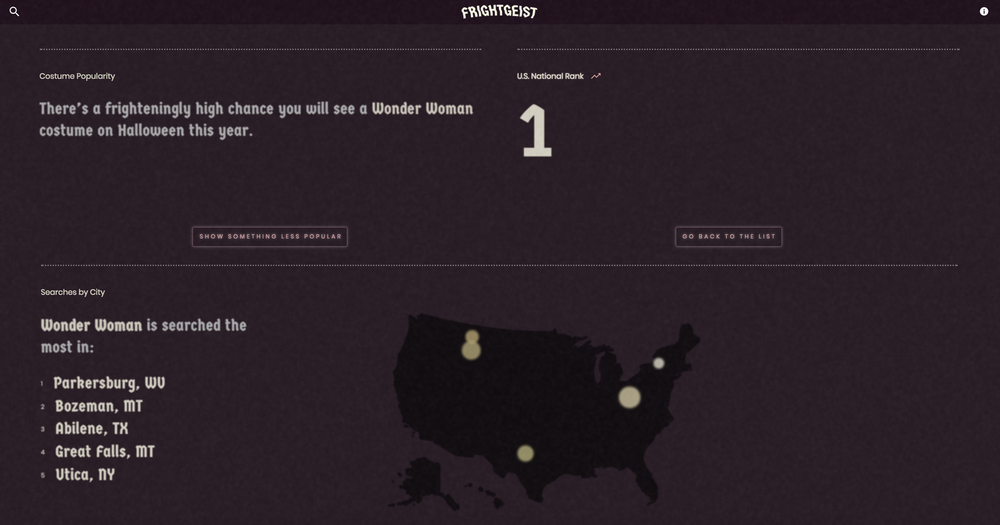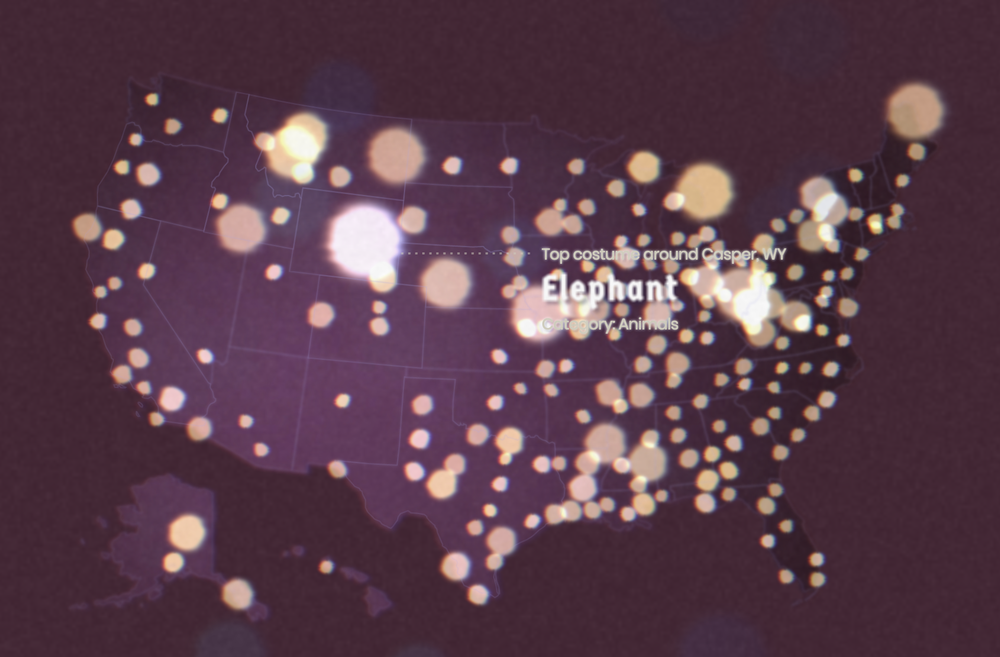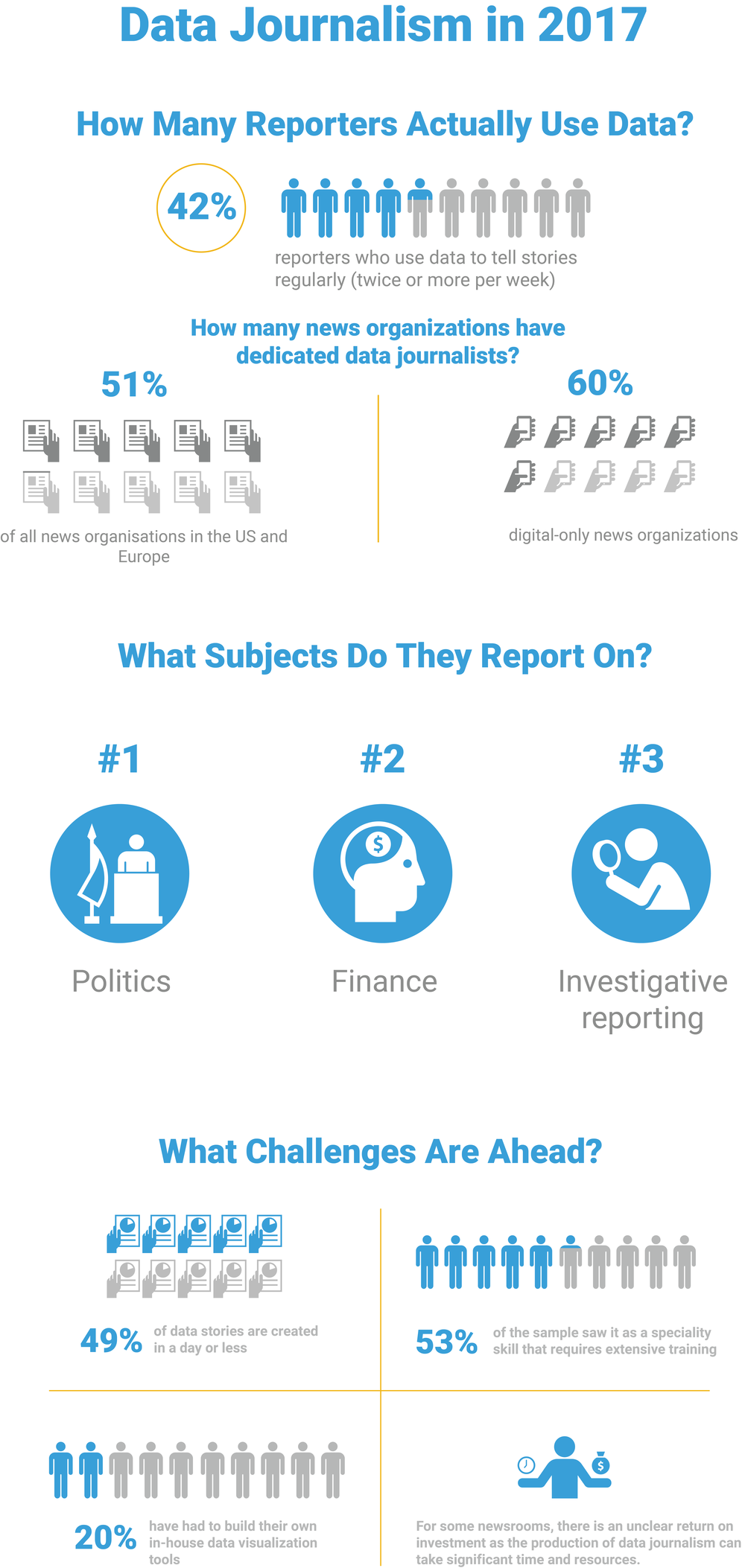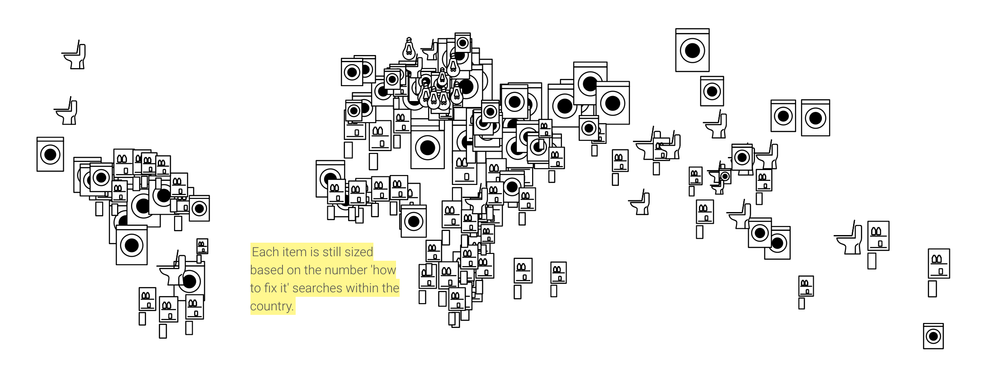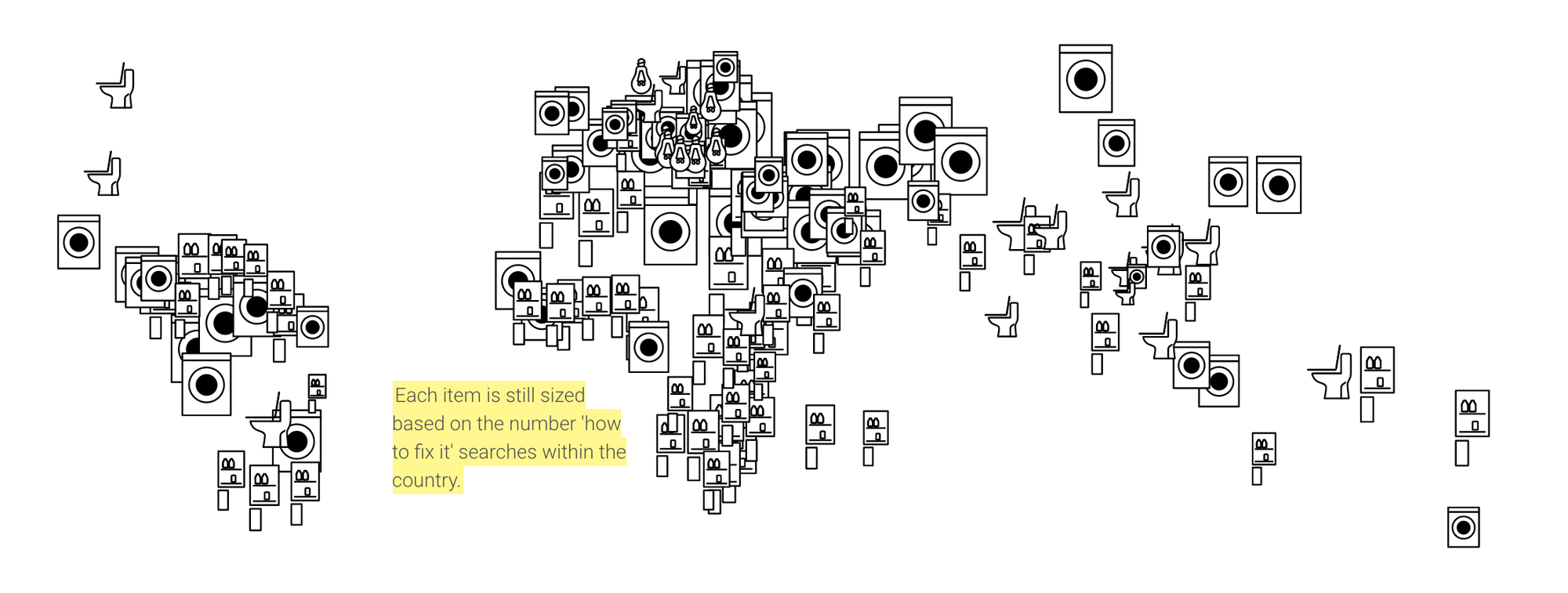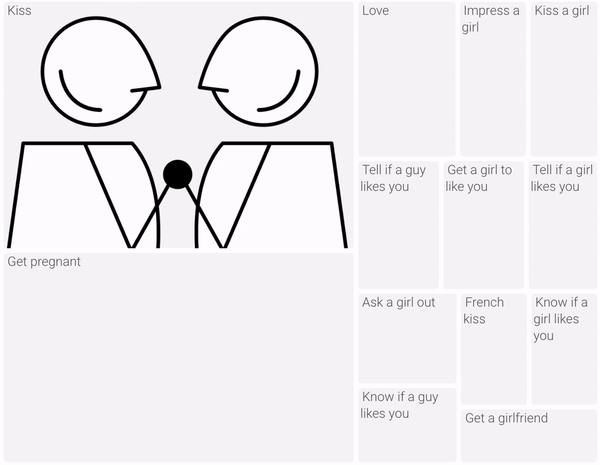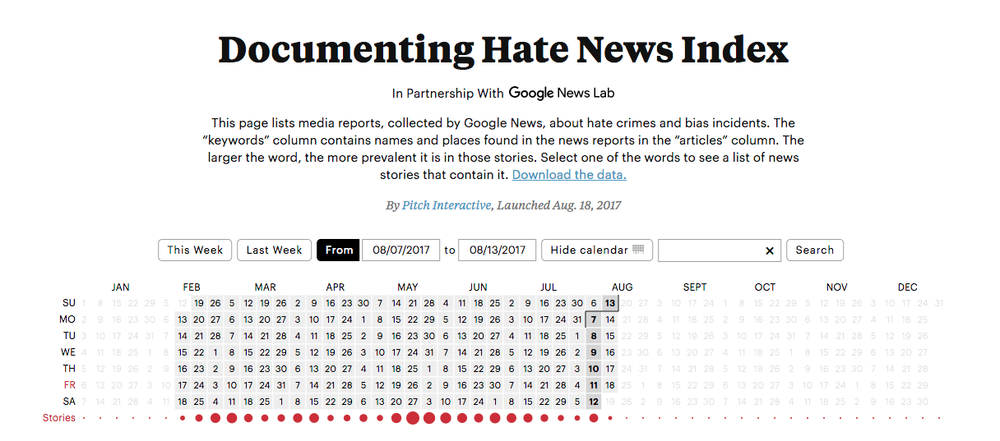Data Journalism—the skill of combining reporting with data—is becoming an increasingly important part of every journalist’s toolkit. That’s not just anecdotal: a recent study commissioned by the Google News Lab found that half of all news outlets have at least one dedicated data journalist.
So, for the seventh consecutive year, we’re proud to support the 2018 Data Journalism Awards.
These are the only global awards recognizing work that brings together data, visualization and storytelling. It’s a part of our commitment to supporting innovative journalism around the world.
Data journalists, editors and publishers are encouraged to submit their work for consideration using this form by March 29, 2018. But don’t get too comfortable with that deadline, early applications are encouraged.
Last year there were 573 entries from 51 countries across five continents. Past winners of the $1,801 prizes include include BuzzFeed, The Wall Street Journal, The New York Times, FiveThirtyEight, ProPublica, and La Nación, as well as smaller organizations such as Rutas Del Conflicto, Civio Foundation and Convoca. And if you’re wondering why the prize is $1,801, It’s because William Playfair invented the pie chart in 1801.
Aimed at newsrooms and journalists in organizations of all sizes, the 2018 awards will recognize the best work in key categories, including:
- Data visualization of the year
- Investigation of the year
- News data app of the year
- Data journalism website of the year
- Best use of data in a breaking news story, within first 36 hours
- Innovation in data journalism
- Open data award
- Small newsrooms (one or more winners)
- Student and young data journalist of the year
- Best individual and team portfolio
The competition is organized by the Global Editors Network: a cross-platform community of editors-in-chief and media professionals committed to high-quality journalism, with the support of Google and the Knight Foundation.
The Data Journalism Awards offer another way to foster innovation by partnering with the news industry, in addition to our efforts with the Digital News Initiative. A jury of peers from the publishing community will decide on the winners.
Winners will be announced in May 2018 at a ceremony in Lisbon. Good luck!

